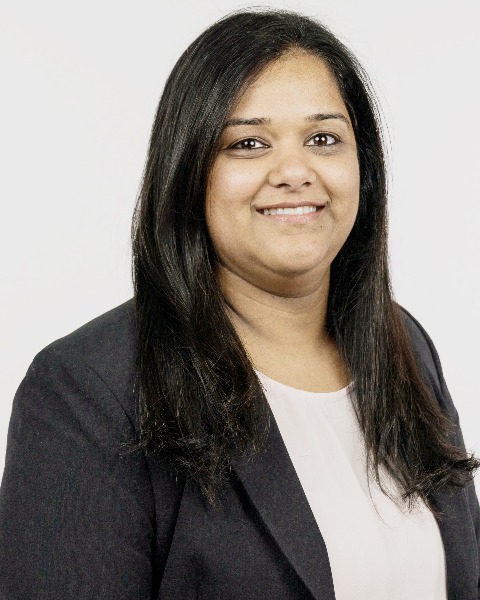Research (R)
(PP1322) Exploring Predictors for Adoption of Hearing Aid Technologies by Adults with Hearing Loss

Jingjing Xu, PhD
Research Scientist
Starkey
Eden Prairie, Minnesota, United States
Jumana Harianawala, AuD
Senior Research Audiologist
Starkey Hearing Technologies
Eden Prairie, Minnesota, United States
Presenter(s)
Lead Presenter(s)
Technologies such as mobile applications and other Bluetooth technologies are increasingly being developed for patients to help manage their hearing loss conditions. However, there is limited information on the willingness of middle age and older adults with hearing loss to adopt such applications. The aim of this investigation was to explore patient factors that would indicate a positive attitude towards hearing aid technology, resulting in likely adoption and success with such technologies.
Summary:
Today, Technology is used increasingly at work, in education for communication, entertainment and even for health care services. In hearing health care, a growing number of hearing-impaired individuals are moving towards more digitally connected lives by utilizing Bluetooth, remote controls, smartphone apps, and remote fittings. The prevalence of technology allows the hearing aid user to be more involved in their hearing health care, something that has been associated with positive outcomes. However, some hearing-impaired individuals have more difficulty in learning to use and operate current technology than others, which may lead to unnecessary frustration. Therefore, it is important to understand who may be more successful adopters of hearing aid related technologies to provide more targeted selection of candidates, or more extensive counseling.
Prior literature in computer technology, has shown that attitude towards technology is an important predictor of adoption of technologies; people with more positive attitudes are more likely to use technology. In addition, age has been indicated to have a moderating effect on an individual’s attitude towards technology (Czaja & Sharit, 1998). Other factors, such as education, socioeconomic status, perceived benefit of technology and access to technology, also influence technology adoption (Gonzalez, Ramirez & Viadel, 2012).
In the present investigation, we examined how patient factors such as age, pure tone average (PTA), perceived self-efficacy, perception of usefulness of technology and perceptions of ease of use of technology etc. correlate with attitude towards hearing aid technology. Understanding the predictive impact of these factors could help in developing clinical tools to identify individuals most likely to adopt and benefit from the use of additional features or accessories.
The participants were 18 individuals (age: 56-77) with a Montreal Cognitive Assessment (MoCA) score of greater than 23, the cutoff for mild cognitive impairment and mild to moderately severe sensorineural hearing loss. The Attitude Towards Computers Questionnaire (ATT) (Jay & Willis, 1992) was modified to assess attitude towards hearing aid technology. Additional standardized questionnaires were used to evaluate perceived self-efficacy, perceived ease of use and perceived usefulness of hearing aid technology. The relationship between these variables and other variables such as patient age, PTA, and experience with hearing aids were examined.
The preliminary correlational assessment indicated that, a person’s perceived self-efficacy was significantly correlated (r= 0.7) with a person’s attitude towards technology and their perceived ease of using technology. Surprisingly, age showed a moderate correlation (r=0.5) with self-efficacy but was not correlated with attitude towards technology, which may be due to limited age range. Other factors like hearing loss and experience with hearing aids did not show any significant correlations.
The findings of this study suggested that perceived self-efficacy and perceived ease of use of technology have a greater influence on a hearing-impaired individual’s attitude towards technology than age. Additional research is warranted to examine the relationship between a positive attitude towards adoption of technology and uptake of new hearing aid technologies. In the meantime, clinicians may use measures of perceived self-efficacy as a proxy for gauging success with additional features and accessories.
Learning Objectives:
- Identify patient factors that may impact the uptake of hearing aid related technologies and the use of self-efficacy measures to identify successful candidates
